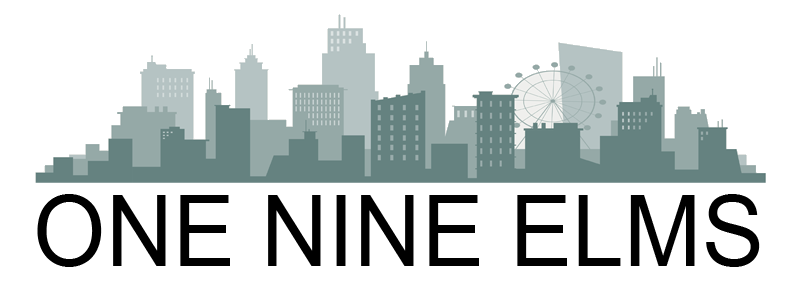Government buildings are an integral part of any country’s infrastructure, serving various purposes and functions. They house the administrative offices and provide a platform for governmental activities and services. However, when it comes to schools, the question arises: Are schools government buildings? In this article, we will delve into this topic and explore the relationship between schools and government.

Idriss Meliani
Government buildings are typically owned, funded, and regulated by the government. They play a vital role in the functioning of a nation and serve as symbols of authority and governance. Schools, on the other hand, are educational institutions that provide formal education to students. To determine whether schools can be classified as government buildings, we need to consider various factors.
Defining government buildings
Government buildings encompass a wide range of structures, including legislative offices, courthouses, administrative centers, and public service facilities. These buildings in the city are owned or leased by the government and serve as hubs for official operations. They are designed to facilitate the efficient functioning of governmental processes and often house multiple departments.
Understanding the nature of schools
Schools are primarily educational institutions that focus on imparting knowledge, skills, and values to students. They serve as platforms for learning, personal development, and social interaction. Schools can be categorized into different types, such as public schools, private schools, charter schools, and parochial schools, each with its own distinct characteristics and governance structures.
Government ownership and control of schools
In many countries, schools, especially public schools, are owned by the government. These schools are established and maintained using public funds. The government assumes responsibility for the infrastructure, staffing, and overall management of these educational institutions. Therefore, in terms of ownership and control, there is a strong connection between schools and the government.
Funding of schools
One of the key aspects that link schools to government is the funding mechanism. Public schools, as mentioned earlier, receive financial support from the government. The government allocates funds to ensure the smooth operation of these schools and to provide resources, such as textbooks, technology, and facilities. Private schools, on the other hand, rely on tuition fees and donations from individuals or organizations.

RDNE Stock project
Regulations and policies governing schools
Government involvement in schools extends beyond funding. Various regulations and policies are put in place to maintain educational standards and ensure the well-being of students. These regulations cover aspects such as curriculum requirements, teacher qualifications, student safety, and educational assessments. Government bodies, such as ministries or departments of education, are responsible for formulating and enforcing these policies.
Government role in curriculum development
Curriculum development is a crucial aspect of education, and the government often plays a significant role in shaping the content and structure of school curricula. Governments establish guidelines and frameworks that define the subjects to be taught, learning outcomes, and assessment methods. They aim to ensure that students receive a well-rounded education that aligns with national goals and priorities.
School infrastructure and maintenance
School infrastructure plays a crucial role in creating a conducive learning environment. The government is responsible for ensuring that schools have adequate facilities, including classrooms, libraries, laboratories, and sports fields. They allocate funds for the construction, renovation, and maintenance of school buildings, ensuring that students have access to safe and functional learning spaces.
Challenges faced by schools
While schools may be considered government buildings in terms of ownership and control, they also face unique challenges. Limited funding, overcrowded classrooms, outdated resources, and disparities in educational quality are some of the issues that schools encounter. Governments strive to address these challenges through policy reforms, increased funding, and targeted interventions to improve the overall quality of education.
In conclusion, schools can be regarded as government buildings due to the government’s ownership, control, and funding. The government plays a crucial role in regulating schools, shaping curricula, providing financial support, and ensuring the safety and security of students. However, schools also have distinct characteristics as educational institutions focused on fostering learning and personal development. It is essential to recognize the interplay between the government and schools in providing quality education to the population.
